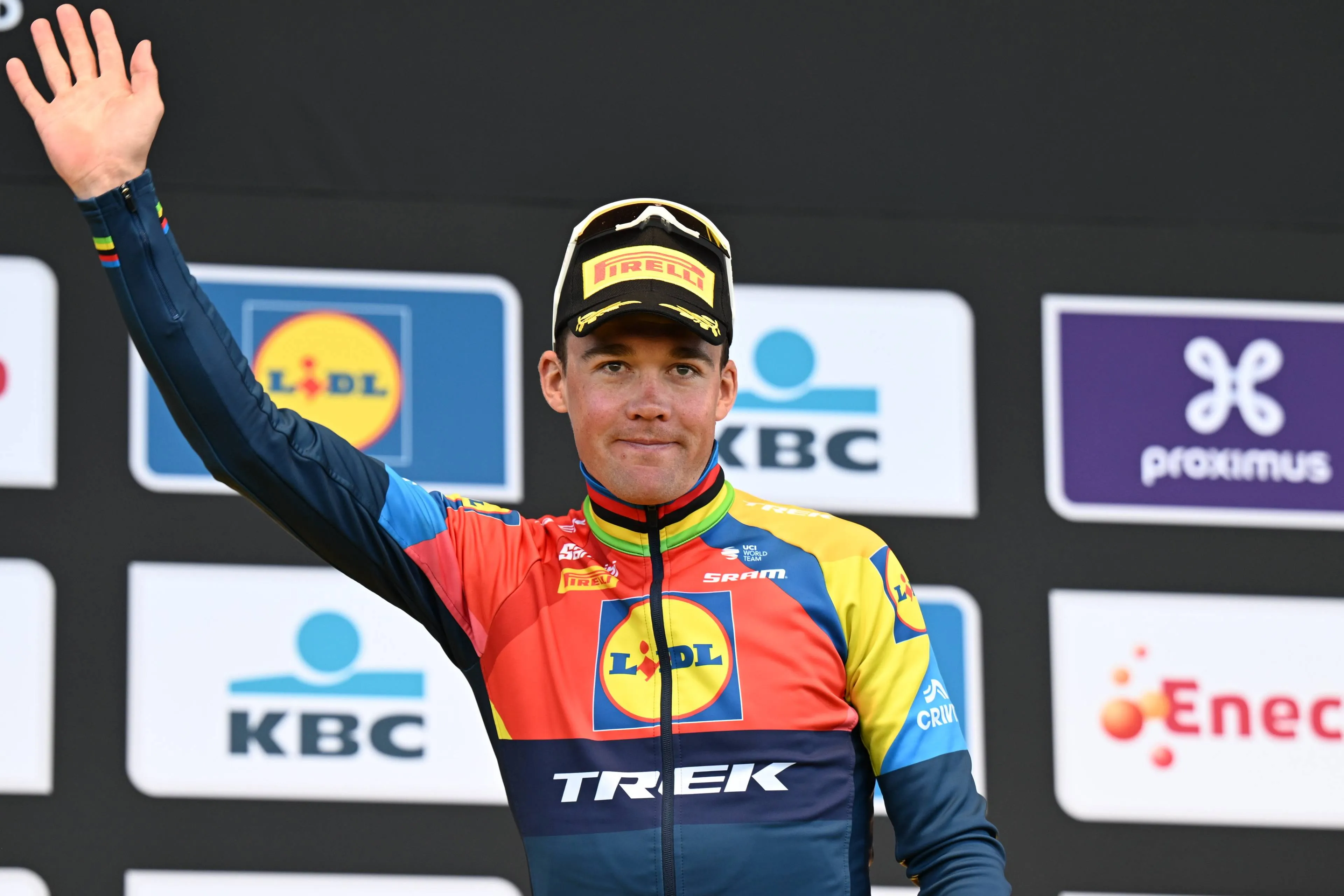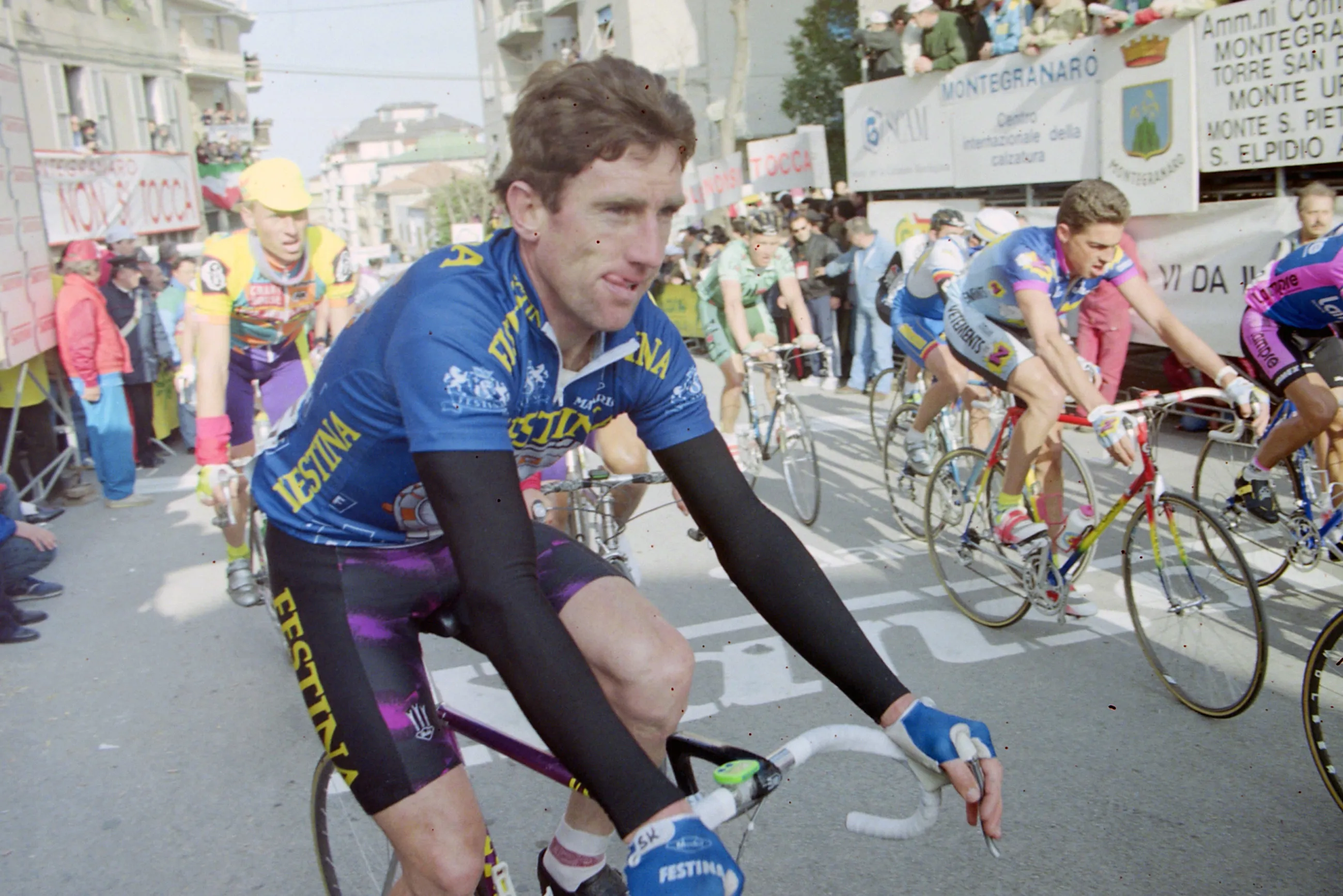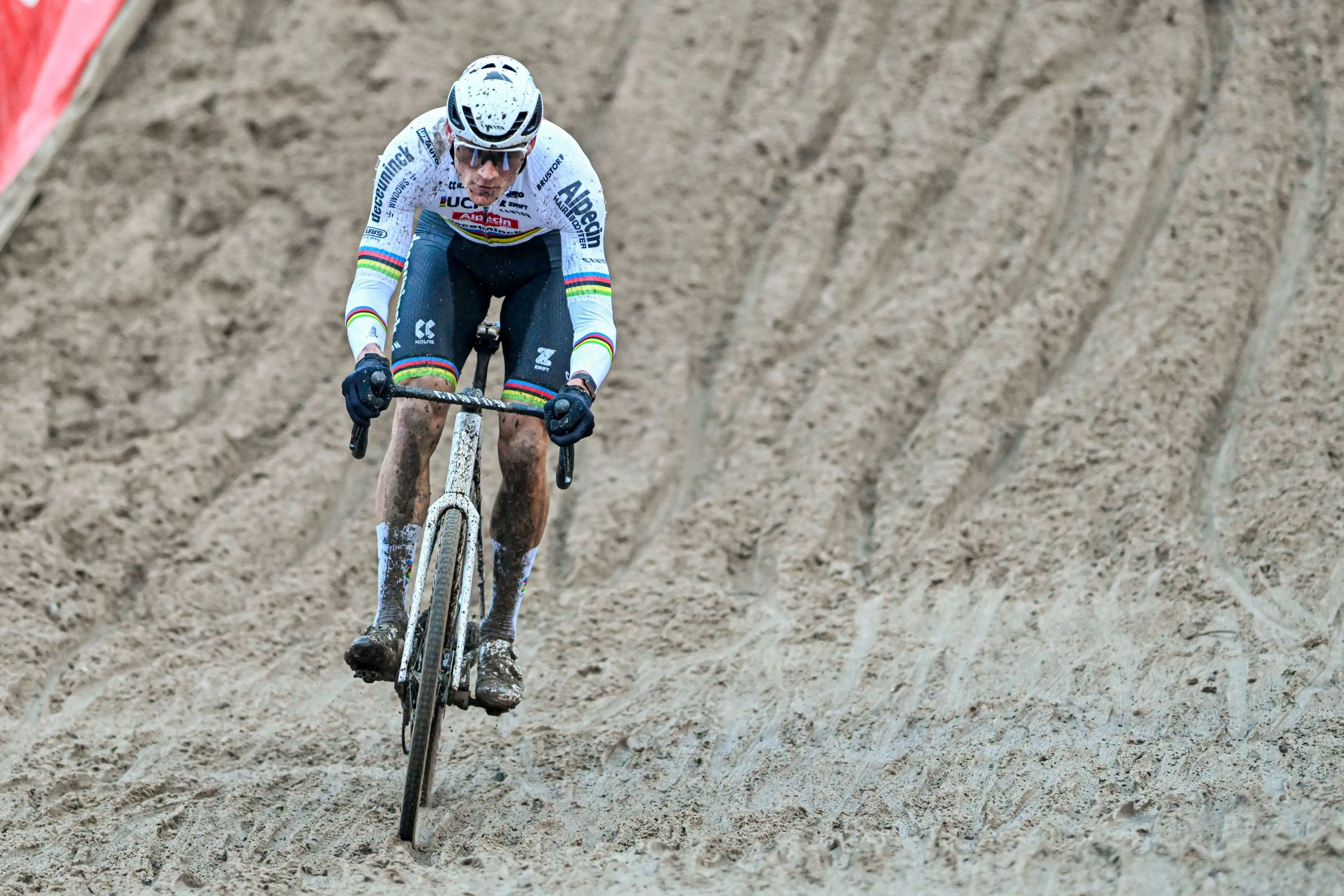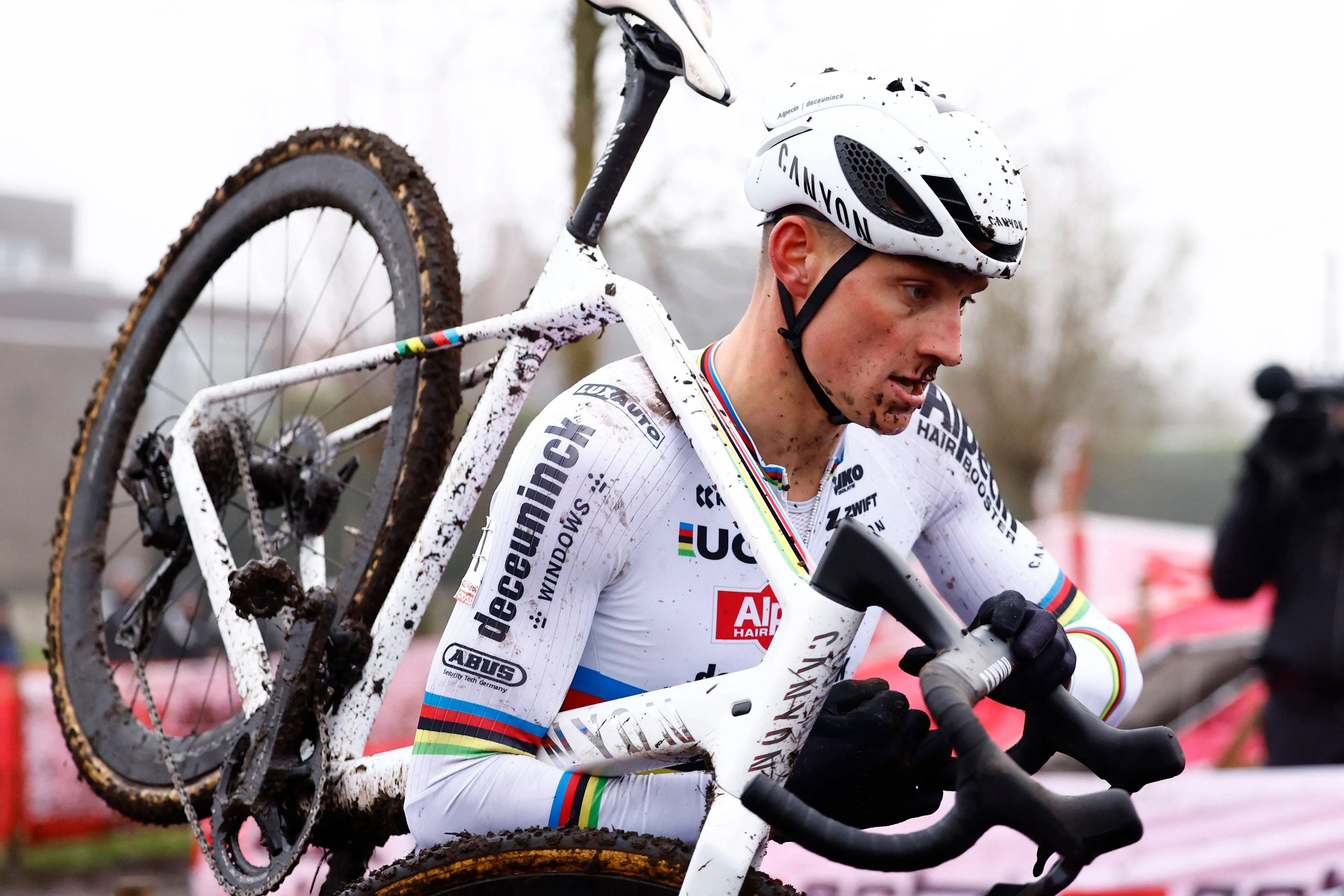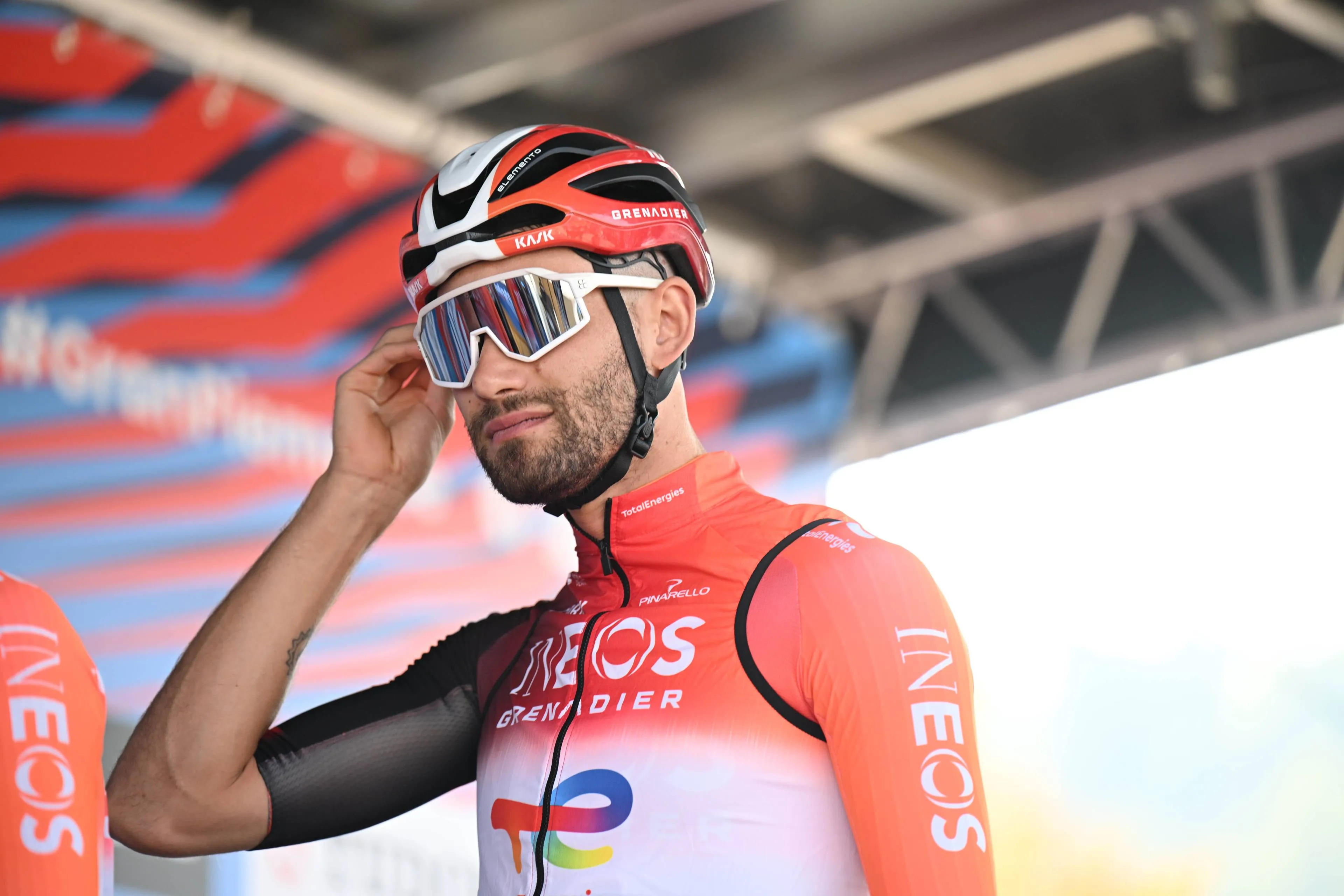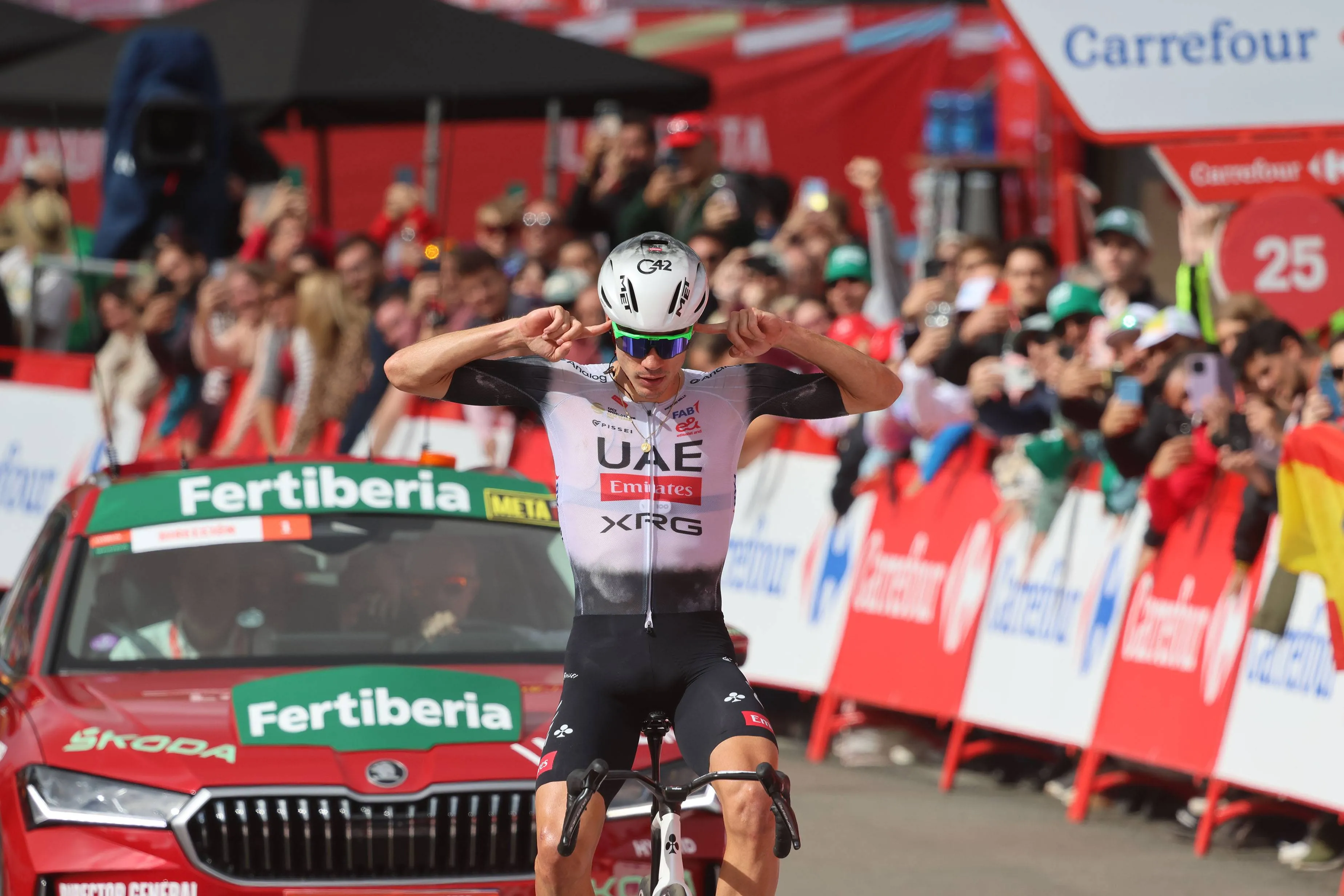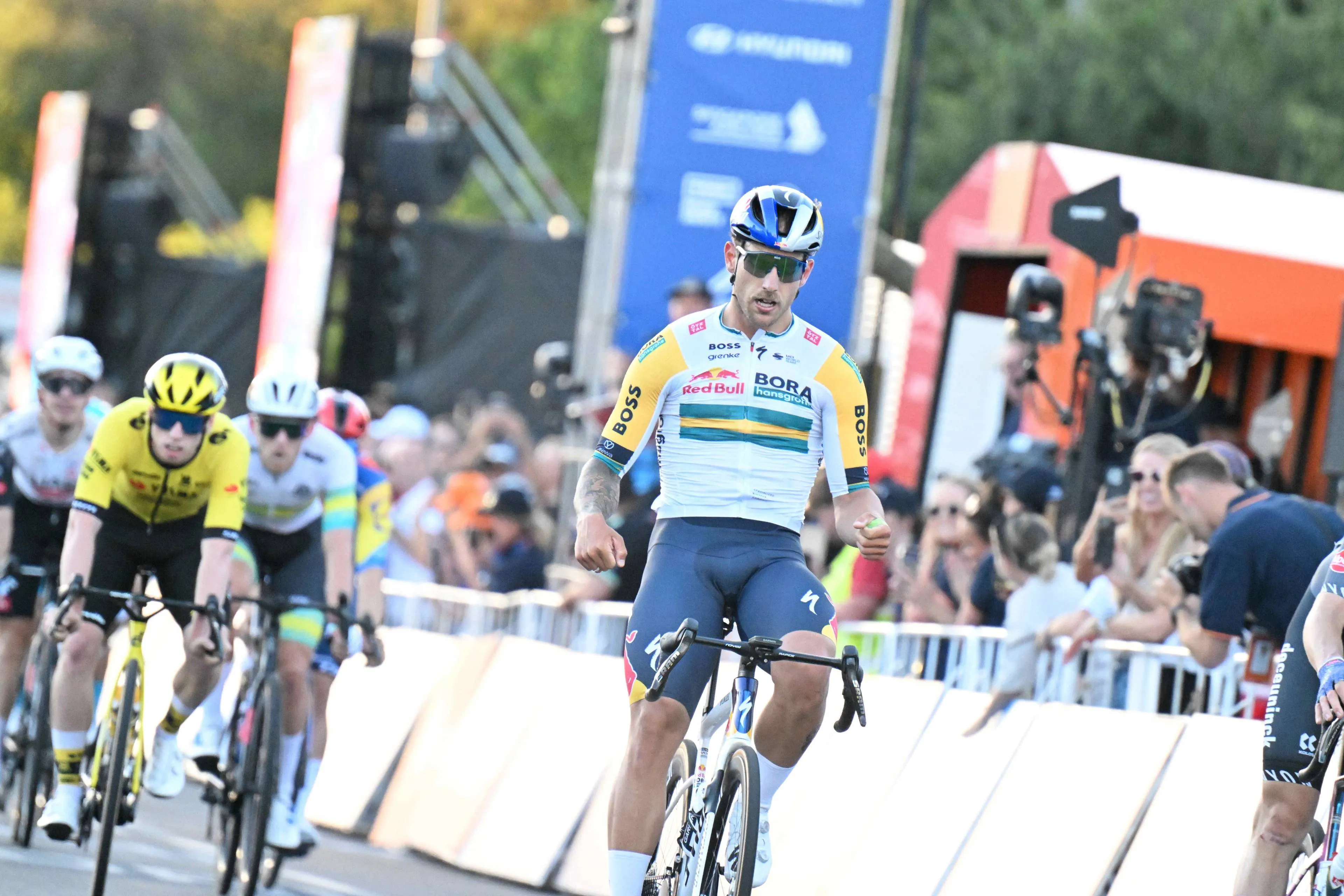“Not all eyes were on one of the biggest women’s races of the year” – Did Paris-Roubaix show we’re still a long way off equality in cycling?
CyclingWednesday, 16 April 2025 at 16:00
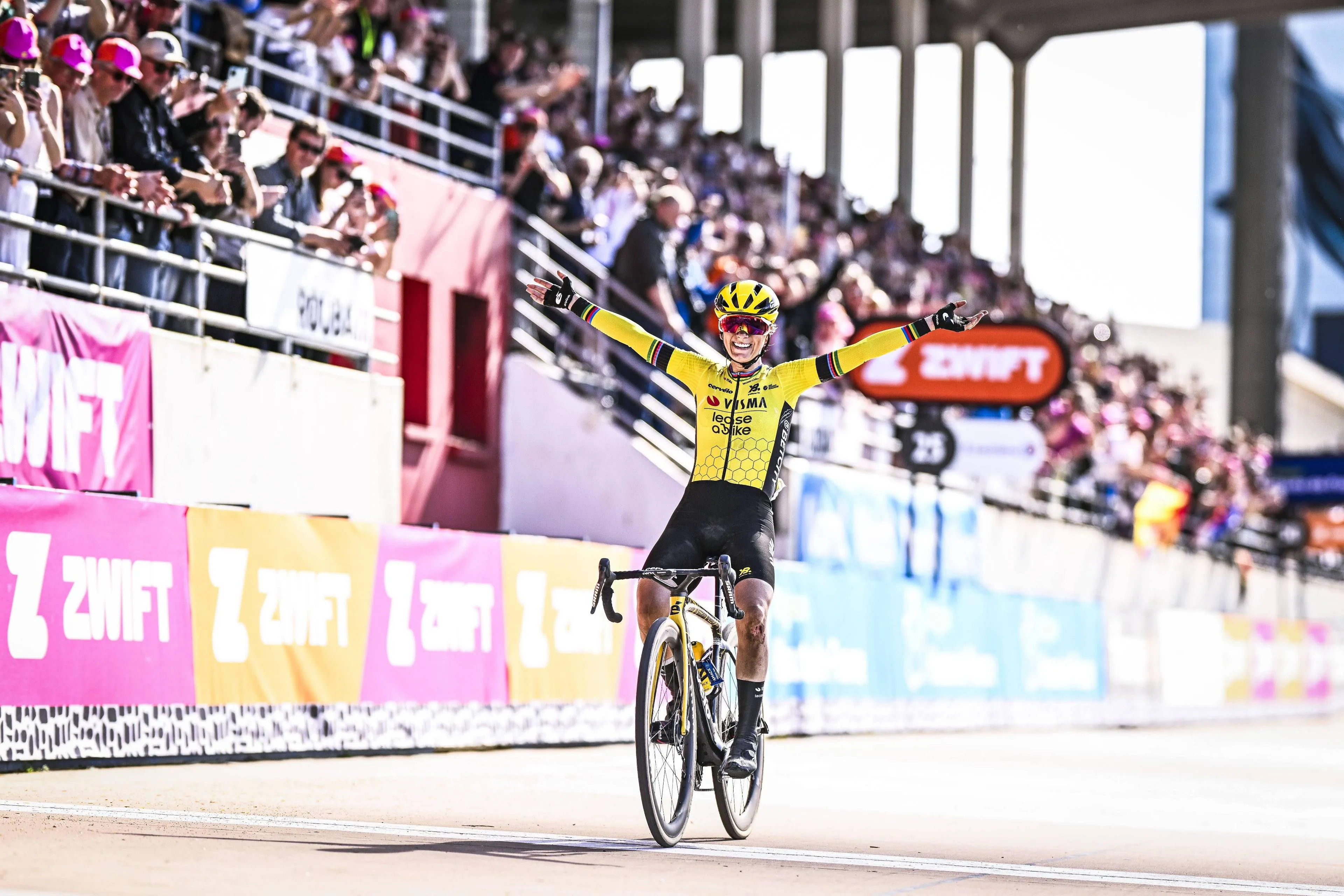
Last weekend brought us one of the most unforgettable
Paris-Roubaix doubleheaders in recent memory. Mathieu van der Poel extended his
legacy with a third consecutive triumph on the iconic cobbles, defeating Tadej
Pogacar in a historic men’s race. A day earlier, Pauline Ferrand-Prévot
delivered a masterclass to win the women’s edition, with one of the biggest
wins of her glittering career.
But despite the quality of racing, especially in the women’s
event, questions remain over how these two races are treated, and more
importantly, how they’re seen.
Read also
Writing for Cycling Weekly, journalist Adam Becket
attended the fifth edition of Paris-Roubaix Femmes and raised serious concerns
over the disparity in visibility, scheduling, and attention that still exists
between the women’s and men’s races. In a sport that continues to champion its
progress on gender equality, the weekend served as a reminder that structural
imbalances remain.
“At 4pm French time on Saturday afternoon, all eyes should
have been on Paris-Roubaix Femmes avec Zwift, as the race reached its crescendo
point.”
And yet, not all eyes were.
Read also
“Not all eyes were on one of the biggest women’s races of
the year, however. 150km to the south, the star riders for Sunday’s
Paris-Roubaix were filing off stage in Compiègne, as part of a team
presentation for the men’s race.
“As one of the biggest events in women’s cycling was taking
place - owned and operated by the same race organisers, ASO - a promotional
event for the men’s race was taking away attention, distracting some. It meant
the male riders couldn’t watch much of the race, but also gave an opportunity
for fans, journalists, casual observers, to completely miss the women’s event.
It seems ludicrous.”
Read also
It’s hard to disagree with Becket’s assessment. In a sport
where every inch of coverage can shift perception, attention, and funding,
overlapping events rob women’s cycling of a platform it’s worked hard to earn.
No rider, man or woman, should be scheduled into an event that pulls the
spotlight from a Monument’s decisive moments.
“This is not to blame individuals; but why were people given
a reason to miss the end of the women’s race? There might be mileage in a Tadej
Pogačar interview, always, but could that not have happened at a time other
than Saturday afternoon, while Paris-Roubaix Femmes was happening?”
The problem is not isolated to one race or one press
conference, it's about planning and priorities. When event organisers knowingly
overlap major moments from the women's calendar with logistics or promotional
events for the men, it sends a message, however unintentional, about hierarchy.
And even among the media, that message seems to echo.
Read also
“I came away from Paris-Roubaix Femmes enlivened by the
brilliant action and racing, but on reflection, a little disheartened by the
feeling that it was second tier compared to the men’s race the next day. Why
was the press room - still male dominated, it should be said - a third emptier
on Saturday compared to Sunday? Change is needed - everyone should be watching
the femmes.”
This observation, perhaps more than any, cuts to the heart
of the issue. It’s not a question of whether the women’s race was exciting, it
was. It’s whether the infrastructure around the event, from coverage to crowd
engagement to media prioritisation, is doing justice to that excitement.
Read also
Becket's reflection is not an attack, but a plea. A call for
cycling to treat its women’s races not as warm-ups or side-shows but as the
main events they are. In truth, Paris-Roubaix Femmes doesn’t need anything
added to be taken seriously, it already delivers world-class racing on its own.
What it needs is room to shine without distraction.
That starts with smart scheduling, and it continues with
balanced media attention. And it ends when every fan, journalist, and organiser
approaches both editions with equal anticipation and respect.
claps 0visitors 0
Just in
Popular news
Latest comments
- The only way to win against a stronger rider is by using tactics. You don't work with them, let them expend energy while you remain in the wheels.abstractengineer16-12-2025
- The only way to win against a stronger rider is by using tactics. You don't work with them, let them expend energy while you remain in the wheels.abstractengineer16-12-2025
- Why is golf "unwinding in style"? Its the sport of the rich and famousabstractengineer16-12-2025
- To do that he must be in the front group and not the chase group, sucking wheelsabstractengineer16-12-2025
- Time is on Nys’s side. Give it a few years. Even MvdP will slow down one day.mobk16-12-2025
- he’s not wrong. Nys took his best shot, and missed. MVDP is only going to get better Nys is a finished product.mij16-12-2025
- I think Mads is about there on talent vs all riders, except Tadej. but he has beaten MVDP in a world championship race and was the first to win it. I would not sell Mads short.mij16-12-2025
- does he ever see any of these races LOL unless he immediately recognizes who the undisputed leader is? unless Tadej doesn’t show up, or crashes out, Florian will never have a chance at Roubaix or MSR. nor should he. Tadej has earned the right to be undisputed king of UAEmij16-12-2025
- great news ...Davide15-12-2025
- looks goodDavide15-12-2025
Loading
Write a comment

